With so many different diets out there, all claiming to be the best one, it can be very hard to know which is the right diet, or way of eating, for you. Many of them encourage quite extreme restrictions and rules and promise quick results. Most of them certainly aren’t healthy in the long term.
So which one should you choose? Which is the best diet for you? I’d encourage you to ask yourself what you want from your food, and find a diet that fits. For me; I want my food to be nourishing, earth friendly and still interesting and tasty. I want to be healthy, happy and heal the planet, whilst still enjoying my food and not spending a fortune or having to count calories. Sound good to you?
Enter the regenerative diet—a sustainable eating pattern that not only nourishes our bodies but also tackles the urgent need to restore the health of our planet. It’s a win-win for both personal well-being and the future of our world. Even if you can’t follow it perfectly, every step closer brings benefits. In this blog post, I’ll explore why the regenerative diet is the best diet and inspire you to embrace it for life!
The Problems with Traditional Diets

Traditional diets often prioritise short-term results over long-term sustainability. They may rely on restrictive eating patterns, quick-fix solutions, or the latest food trends, leaving us feeling deprived, unsatisfied, and trapped in a never-ending cycle of dieting. Calorie restriction can result in a loss of muscle and reduction in metabolic rate, making maintaining a healthy weight even harder! Plus, these diets often disregard the social and environmental impact of our food choices, contributing to deforestation, soil degradation, exploitation and child labour, water scarcity, and greenhouse gas emissions leading to climate change.
Even diets that often sell themselves as being healthier and more environmentally friendly, like being vegan or vegetarian, are only trying to address one or two aspects of this in their reduction of meat. It’s possible to have a higher footprint than a meat eater and be very unhealthy as a vegan.
The ‘diet’ industry (around weight loss) is an odd and rather messed up one. Think about this; if you bought a product that promised results, and then it didn’t work, you’d take it back right? Except with diets, when we blame ourselves for failures. Have you ever thought that maybe these weight loss diets have it wrong? That it’s not just all about calories in and out, that it’s our lack of health that is causing the excess weight?
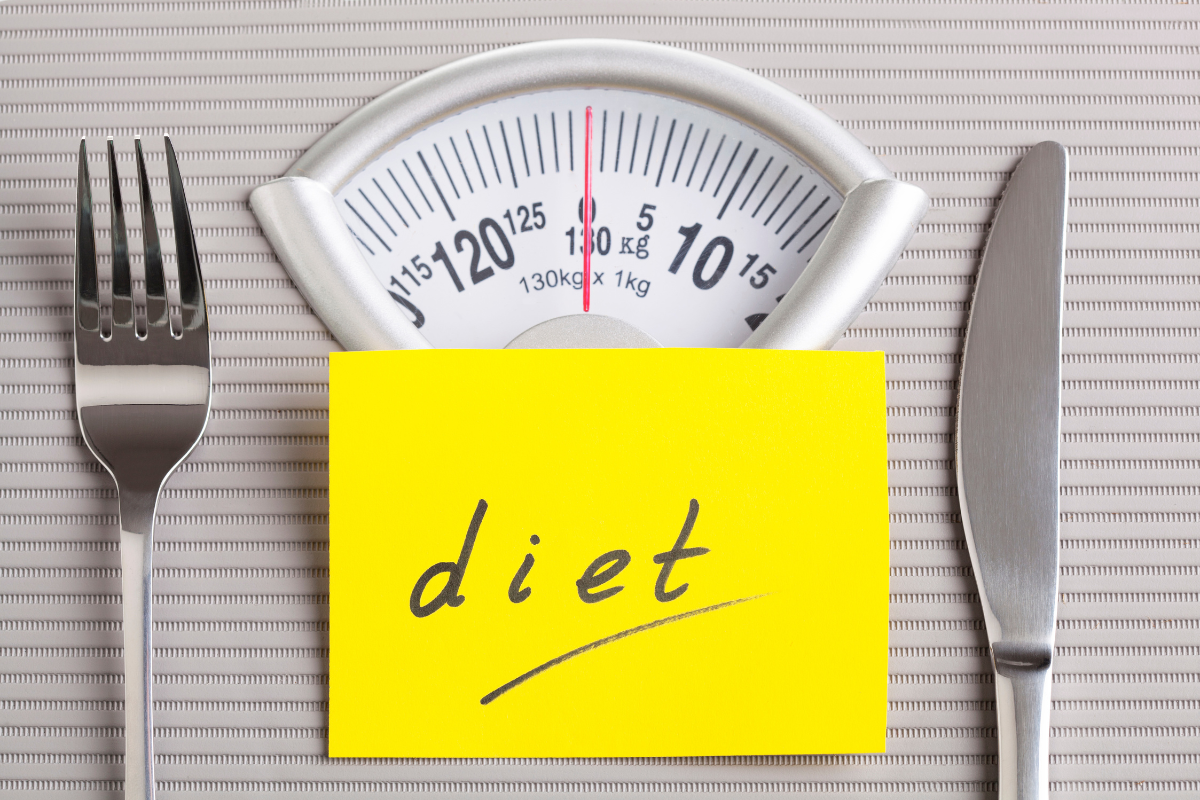
So what is this amazing method of sustainable eating – the Regenerative Diet?
Firstly, let’s talk about sustainable eating and diets, which look mainly at reducing the impact of the foods we eat on the planet, thinking about the carbon footprint, water use, land use, emissions of processing and transportation, chemical use and pollution and many more things.
Some sustainable diets go a step further and think about social impacts like the impacts on local communities, fair trade and contributing to a resilient and equitable food system.
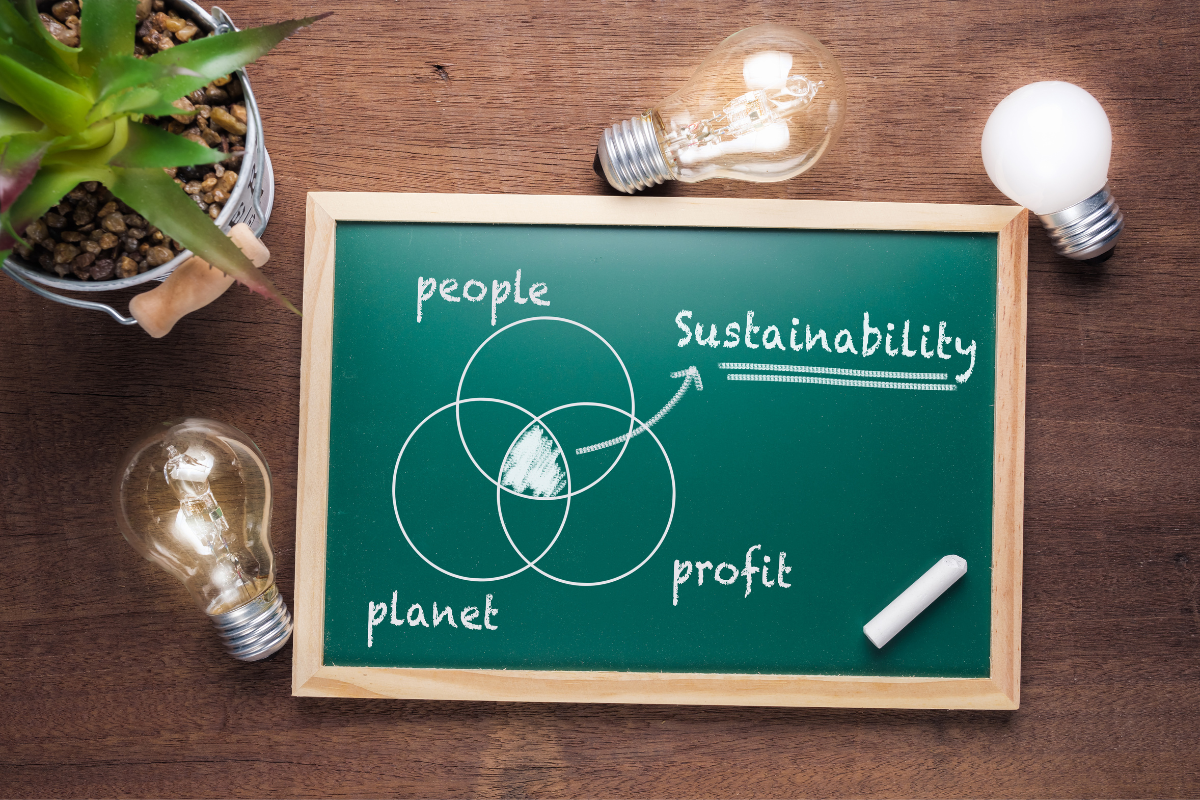
The regenerative diet goes one step further. The clue is in the name – it looks to regenerate, which means to improve, or bring back to health. The regenerative diet goes beyond individual health and aims to heal the planet through our food choices. It is centred around whole, nutrient-dense foods, primarily plant-based, and sourced from regenerative and sustainable farming practices. This diet prioritizes local, seasonal ingredients, reduces food waste, promotes biodiversity, and supports farmers who adopt regenerative agriculture techniques. It is a holistic and interconnected approach that recognizes that our food choices impact not only our own well-being but also the health of the environment, the welfare of animals, and the social fabric of our communities.
Personally, here at Eat Think Explore, I also like to think that the regenerate includes our health too, as this diet helps us reclaim our sense of well-being and improve happiness.
Like most methods of sustainable eating, the regenerative diet is one that challenges the conventional notion of a diet as a temporary and restrictive approach to eating. Instead, it presents a holistic and regenerative way of nourishing ourselves. It is not a quick fix or a passing trend, but a lifestyle that fosters well-being for both individuals and the planet. By embracing the regenerative diet, we become active participants in regenerating the Earth, restoring balance to our ecosystems, and creating a sustainable future.
It’s time to break free from the limitations of traditional diets and embrace a holistic way of nourishing ourselves and the Earth.
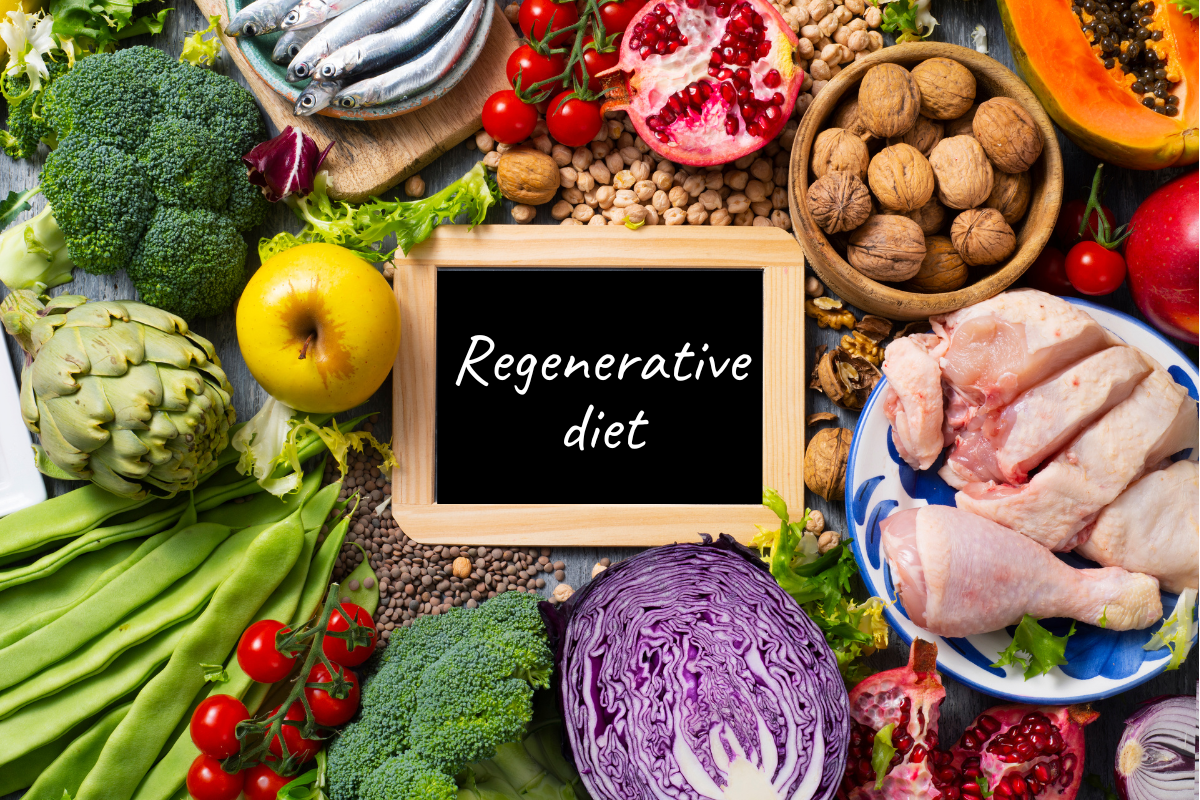
More inspiration – why sustainable eating and specifically, the regenerative diet are best
No strict rules; no falling off the waggon
Because it’s mainly about how and where foods are grown, and making better choices, technically nothing is ruled out or banned. Certainly things are discouraged, but we can’t all be saints and if there is a certain less eco-friendly or healthy food that you can’t live without, it doesn’t render everything you’re doing pointless.
This is a way of living that you can adopt for the rest of your life and take with you to restaurants, friends houses etc. It may take time to move over fully, and you can go as far on this journey as you like, knowing that everything you’ve done has made some positive difference.
Nourishes your body with the nutrients it needs
The regenerative diet is centred around nutrient-dense whole foods, emphasising fresh fruits, vegetables, whole grains, legumes, nuts, and seeds. These foods provide a rich array of vitamins, minerals, fibre, and antioxidants that promote optimal health and well-being [1]. By nourishing our bodies with wholesome plant-based options, we can enjoy sustained energy levels, enhanced digestion, improved immune function, and a reduced risk of chronic diseases [2].
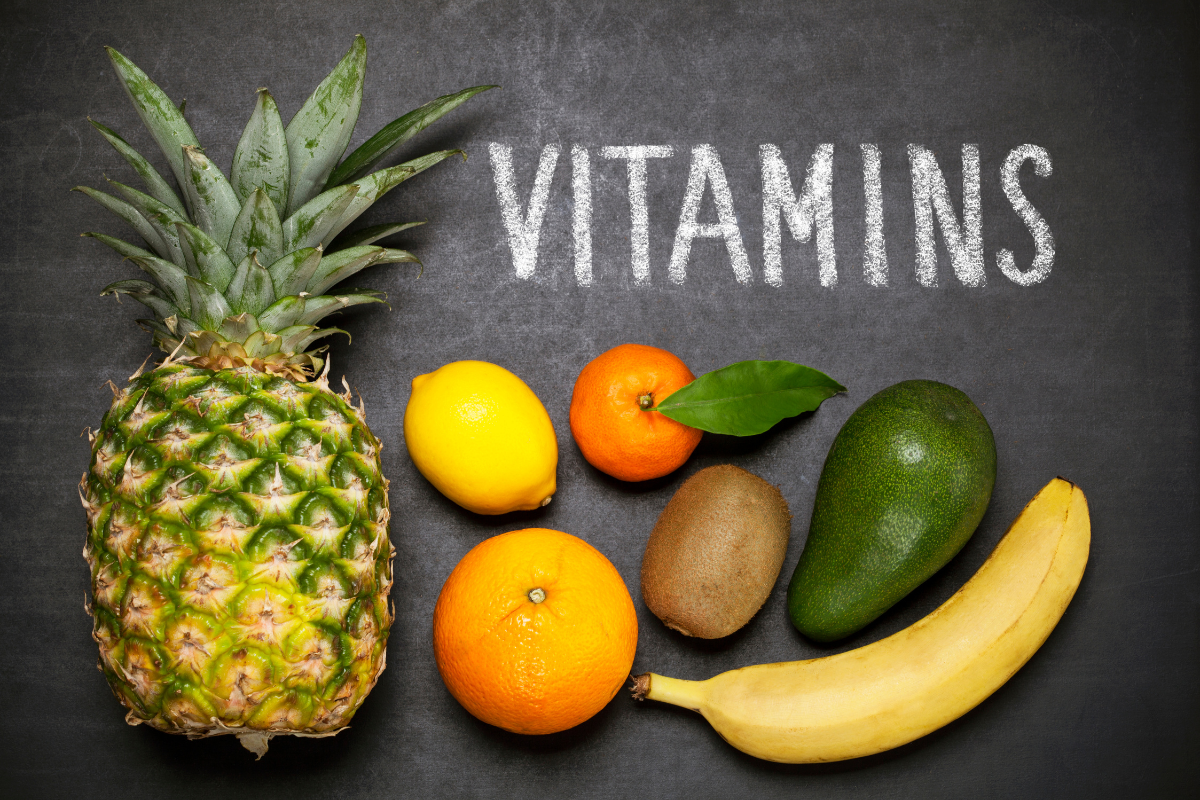
Helps the healthy soil movement to reverse climate change and ensure future food stability
The defining principle of regenerative agriculture is about promoting soil health. It’s not something most of us think about, but healthy soils grow nutrient rich, high yield crops, store massive amounts of carbon and promote food production stability. Healthy soils are vital to our continued survival as a species. Current forecasts are that we have less than 60 years of harvests left before we have none (at current rates of soil loss) [3]. After that, no crops. It’s a scary stat, but one we need to consider…
Protects the environment
By applying the sustainable eating / regenerative diet principles of eating more local foods, eating from organic and regenerative farms, reducing meat, and reducing processed foods, we are helping prevent further environmental degradation, and reduce further biodiversity loss. In fact, regenerative farming improves biodiversity.
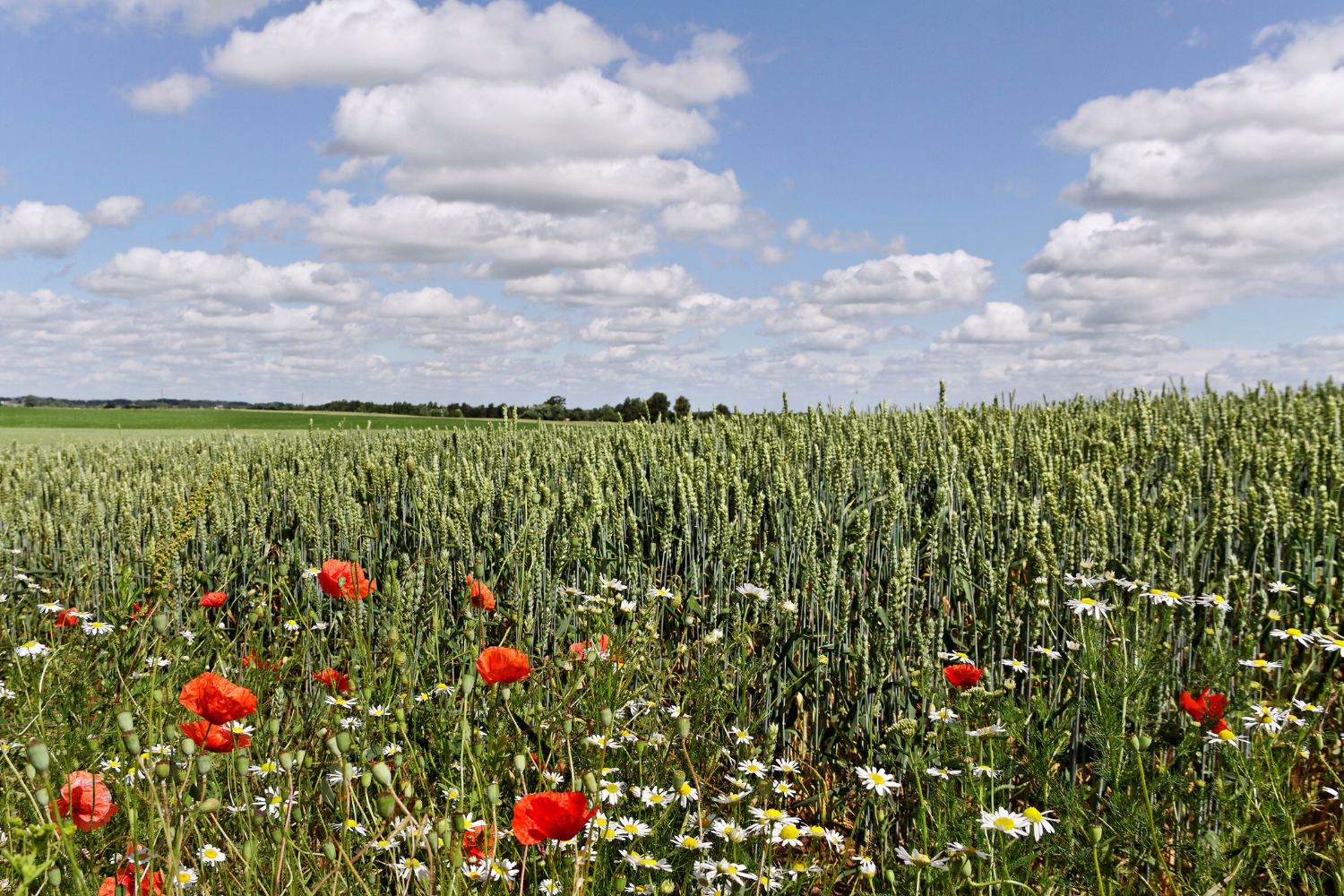
We drive further change
By supporting farms and companies that are moving in the necessary direction, we are using our money to vote and drive further change. Whilst all the options and required information is not currently available to make following a fully regenerative diet possible, by supporting the options that there are, we signal that this is important to consumers and increase the speed of the movement.
Conclusion and next steps
I hope you now agree that embracing the regenerative diet is not just a powerful choice for your own well-being, but also a meaningful step towards creating a positive impact on the planet.
Together, let’s nourish ourselves and regenerate the world, one mindful bite at a time!
If you want to learn more ways to be healthier whilst reducing your impact on the planet, sign up to my mailing list below and join my Facebook Group!
I share my knowledge, recipes (balanced, seasonal and eco-friendly), research on best choices and other tips, as well as my letting you know about how you can keep making small steps forwards.

Hey 🙂 I'm Sarah, a Nutrition and Behaviour Change Coach who focuses on helping people to eat in a way that's better for their health AND for the planet.
After a spell as an Accountant and Project Manager in London, I've returned to my scientific roots and now spend my time researching eco-options, helping people to shift their diet to a healthy, balanced one, and raising awareness about the importance of soil health for ourselves and our planet.
My main aim is to help people to start making some small (but significant) changes to the way they eat so they can enjoy all the benefits, like more energy, less sickness, reduced risks of future disease and less guilt - because we all need less stress and guilt in our lives! All whilst minimising our 'footprint' and helping preserve the planet for generations to come.
Having gone from being a vegetable hating, stressed out and sick corporate mum who felt constant guilt for not feeding her family properly and not doing enough for the planet, to a healthy, veggie loving and eco-minded mother with much less stress, I've been where you are and can definitely help you overcome your barriers and move forwards. What are you waiting for? Let's get started!
Check out my story here to get to know me a little better... or take a look at HOW I can help you on my Resources page.
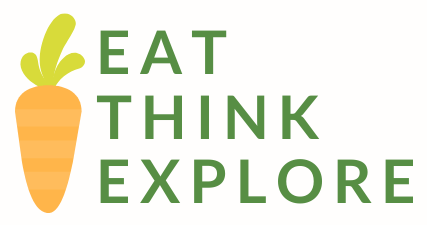
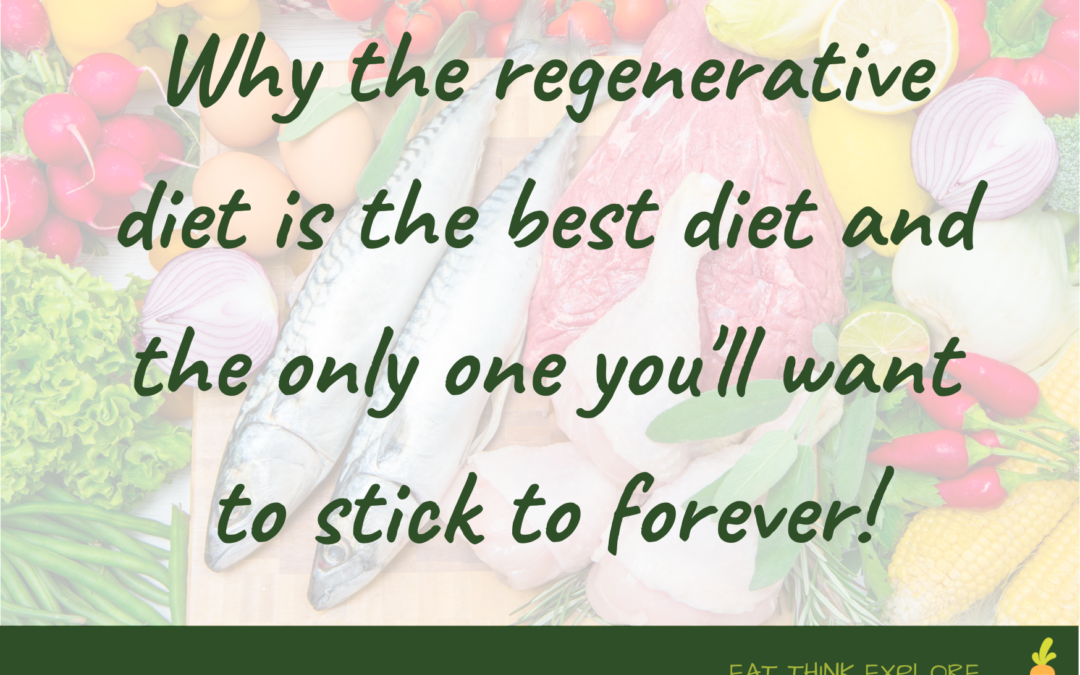
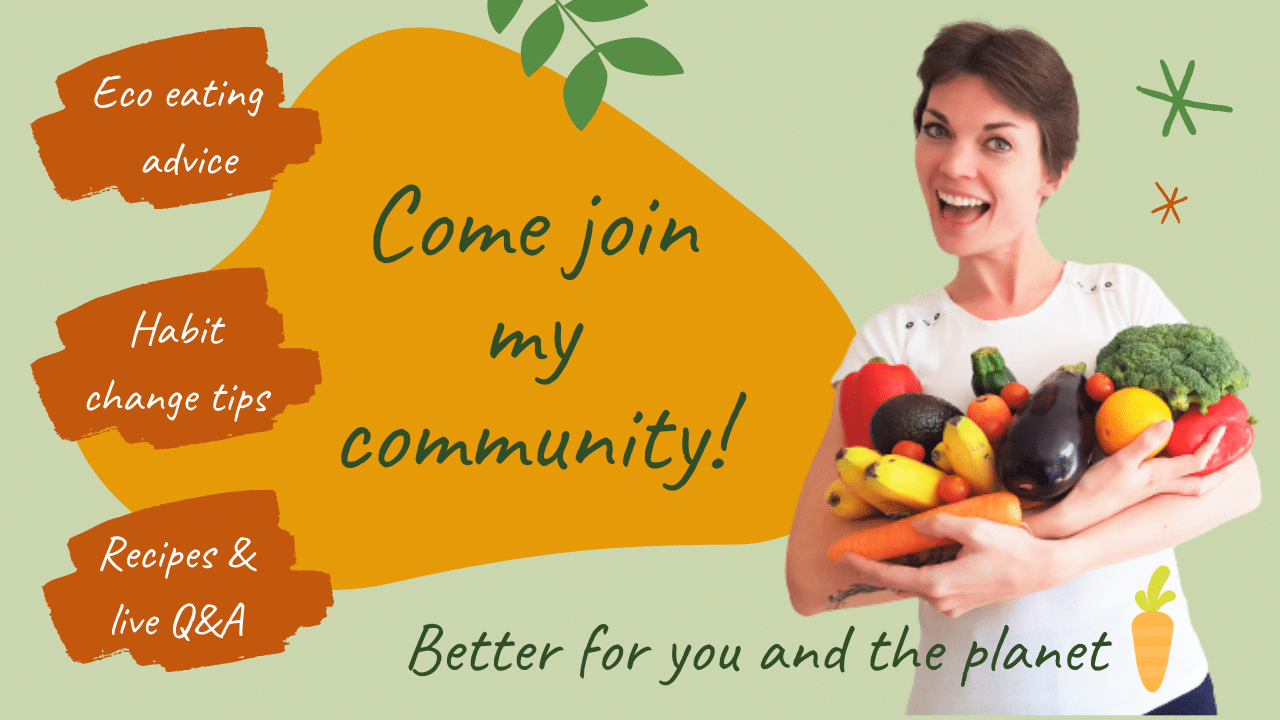
Such an important way of living
I like your attitude and am looking forward to more of what you have to say. Myself, I eat almost solely whole foods. That does leave out most grain and legumes as generally they need to be cooked to be edible. I do sprout some peas and a lot of the smaller beans. We need more talk on indoor gardening and how much it can provide us without stepping outside our home. Your emphasis on healthy soil is great.
Yes, we want less sickness. Way too much habitat is destroyed for hospitals and doctor offices. We need to understand that illness is a choice and is not inevitable.